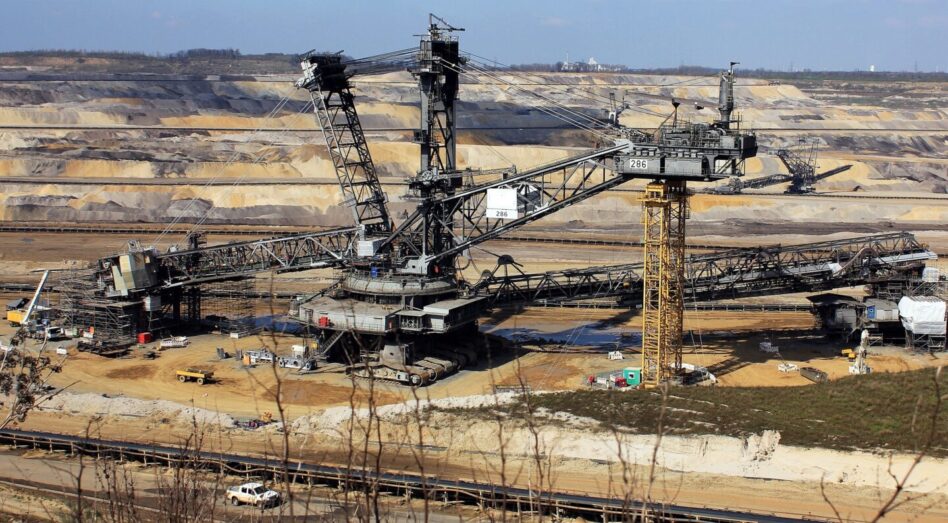Despite the ongoing war in Ukraine and heightened geopolitical tensions across the board, the US just hasn’t been able to buck its reliance on Russian uranium imports to feed the ravenous fleet of domestic fission reactors.
That’s a problem for the US government as it looks to attain energy independence from foreign adversaries. Last week, US Energy Secretary Jennifer Granholm took to Congress to advocate for a ban on Russian uranium imports, which would free up $2.7B in funding for fiscal 2024 to produce high-assay low-enriched uranium (HALEU) domestically.
“I will say that the 2024 appropriations bill specifies that DOE cannot repurpose the funds…until a law is enacted to ban those supplies from Russia,” Granholm said Wednesday during her testimony on Capitol Hill. “I strongly hope and encourage that Congress does that so that we can move with alacrity.”
Russian reliance: The US leans hard on Russian uranium mining, conversion, and enrichment.
- ~12% of US uranium ore was purchased from Russia in 2022, per US Energy Information Administration data. 25% came from Kazakhstan.
- ~24% of US enriched uranium imports came from Russia in the same year.
- Uranium is one of the few exceptions to sanctions on fuel imports from Russia due to this dependence.
Russia’s shown no hesitation to withhold energy when conflict arises, as we’ve seen over the course of the war in Ukraine. Lawmakers are increasingly raising concerns over energy independence, and for all nuclear energy’s promises of clean, dense, baseload power, a reliable fuel supply produced domestically will likely be a key ingredient in continued political support.
Breakaway: In December, the House voted to add uranium to the laundry list of banned fuels. The bill has been in limbo since, waiting on a Senate vote before it can be signed into law—and the $2.7B set aside for FY2024 can be freed up for domestic HALEU production.
- The bill allows waivers when domestic supply can’t meet demand, but these waivers would expire by 2028.
Build it at home: The US didn’t always rely so heavily on uranium imports to power its nuclear fleet. Until the mid-’60s, domestic uranium production was roughly on par with imports, and for the 20 years following, US uranium production far outpaced imports.
In 1993, Russia started a program to downgrade its weapons-grade uranium to enrichment levels that worked in reactors, then sold that uranium cheaply to the US—leading to falling uranium prices at home and less commercial opportunity for domestic producers. The wheels of capitalism kept on turning, and mines and conversion enrichment facilities in the US closed their doors.
- The increased reliance on Russian uranium continued even after the downgrading program ended in 2013.
- Domestic uranium production dropped precipitously in 2019.
There’s a shift, though, that’s encouraging the resurgence of domestic uranium production and enrichment. Uranium prices are on the up-and-up, having nearly doubled over the last year, and uranium producers are taking notice. So far this year, enCore sent out the first shipment of processed uranium from its reopened Rosita site in Texas, and mine reopenings are in the works in Texas, Wyoming, Arizona and Utah.
+ Top of mind: Granholm’s comments to Congress spanned more than the Russian uranium problem. The energy secretary was also asked about apparent cuts to nuclear projects, including the Advanced Reactor Demonstration Program, but explained to lawmakers that the funds were being reshuffled, not cut.
Still, considerations are being made for some reactor projects. Granholm said that X-energy’s and TerraPower’s projects are over budget and that the department is “working with the recipients on re-baselining.”
Lead Reporter of Ignition





